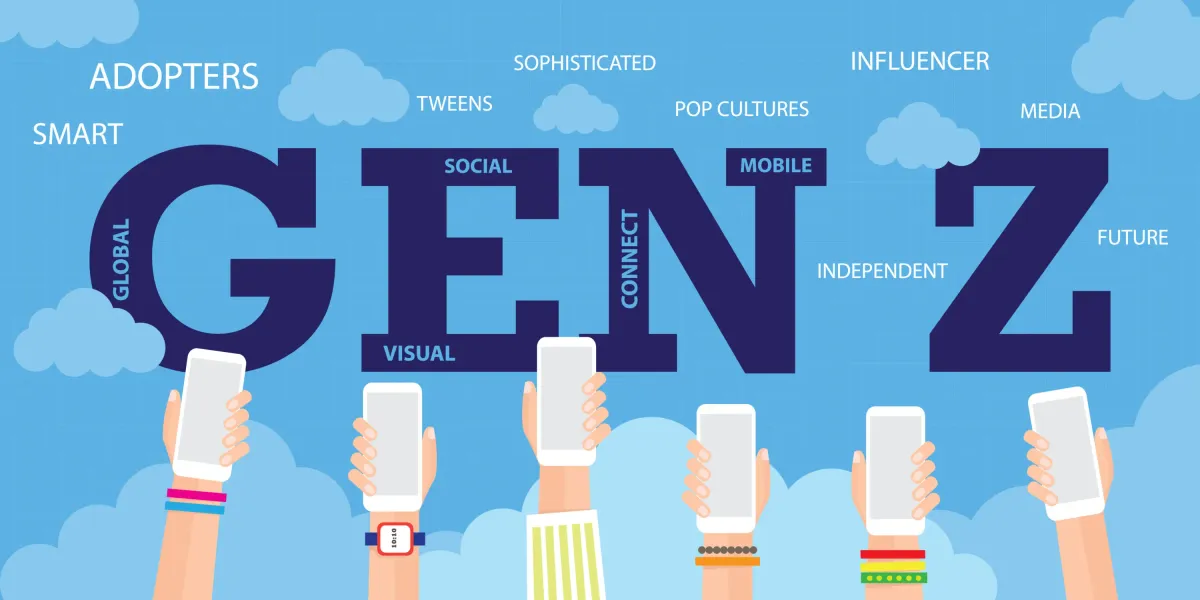
Swatch has found itself at the center of a cultural backlash after publishing a campaign image in China that many perceived as racially insensitive. The image, which showed an Asian male model pulling the corners of his eyes, quickly drew criticism across Chinese social media platforms.
This article explores what went wrong, the fallout Swatch is now navigating, and the broader implications for brand storytelling in global markets. Especially when it comes to cultural awareness and campaign localization.
As global brands push content across borders at speed, this incident offers a stark reminder. Visual language does not always travel well, and the cost of getting it wrong can be steep.
Short on time?
Here is a table of content for quick access:
- What happened: campaign image triggers public outrage
- Why it matters: China is a critical market for Swatch
- What marketers should know

What happened: campaign image triggers public outrage
On August 18, Swatch issued a public apology after removing an ad image that was widely seen as offensive. The campaign, which featured a model making a gesture that resembles the racist “slanted eye” trope, was shared on Chinese social media platforms including Weibo, where the brand has visibility among hundreds of millions of users.
The backlash was swift. One Weibo user with over a million followers accused Swatch of “racism against Chinese” and called for regulatory action. Others on Instagram echoed similar sentiments, labeling the campaign as a display of “supremacy and dominance.”
In response, Swatch posted a statement on both Weibo and Instagram, noting that the company had “taken note of recent concerns regarding the portrayal of a model” and had removed the images. “We sincerely apologize for any distress or misunderstanding this may have caused,” the brand stated.
Despite the apology, some users continue to call for a boycott of Swatch and its affiliated brands, including Omega, Tissot, and Longines.
Why it matters: China is a critical market for Swatch
The stakes are high. Reports show that China, along with Hong Kong and Macau, accounts for roughly 27% of Swatch Group’s total revenue. However, the company reported a 14.6% year-on-year sales decline in the region this past July, likely a result of softening demand in China.
A boycott sparked by a tone-deaf campaign could further hurt the brand’s position in an already weakening market. The incident also comes amid heightened sensitivity toward how Western brands portray Asian identity. In 2023, Dior faced a similar controversy when an ad featuring an Asian model pulling her eye corner drew public backlash and accusations of racism.
In both cases, these visual cues may have been intended as stylized poses, but they were interpreted as outdated and offensive tropes by local audiences.
What marketers should know
This controversy does not just affect Swatch. It is a wake-up call for marketers working across borders. Here are three takeaways to keep in mind when localizing content for global audiences:
1. Cultural context is not optional
A gesture, phrase, or visual that reads as fashionable in one market can carry harmful connotations in another. What might pass as stylized photography in Western campaigns could evoke deep-seated racial trauma elsewhere. Always consult local teams or cultural experts before launching global content.
2. Apologies are not enough if trust is broken
While Swatch acted quickly to pull the ad and issue an apology, the brand is now facing ongoing calls for boycott. In culturally sensitive situations, speed matters, but so does sincerity, transparency, and follow-through. Marketers should have a response playbook in place, including steps for community dialogue and trust repair.
3. Creative review needs cross-market lenses
Brands should rethink their campaign review process. This means including diverse reviewers at every stage, particularly for global launches. A centralized creative vision must still pass localized checks to avoid misfires.
Swatch’s campaign misstep highlights a persistent risk for global brands. Creative that is not vetted for cultural context can do more harm than good. For marketers, this is less about avoiding risk altogether and more about building systems that flag it early.
When reputation damage is just one photo away, it is not enough to move fast. You also need to move with awareness.



Leave a Reply